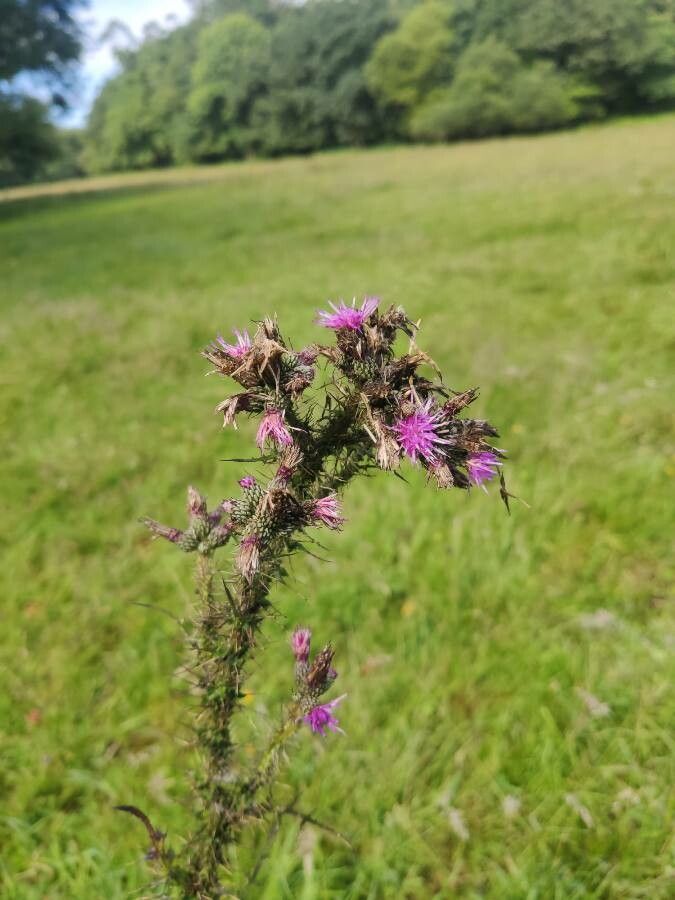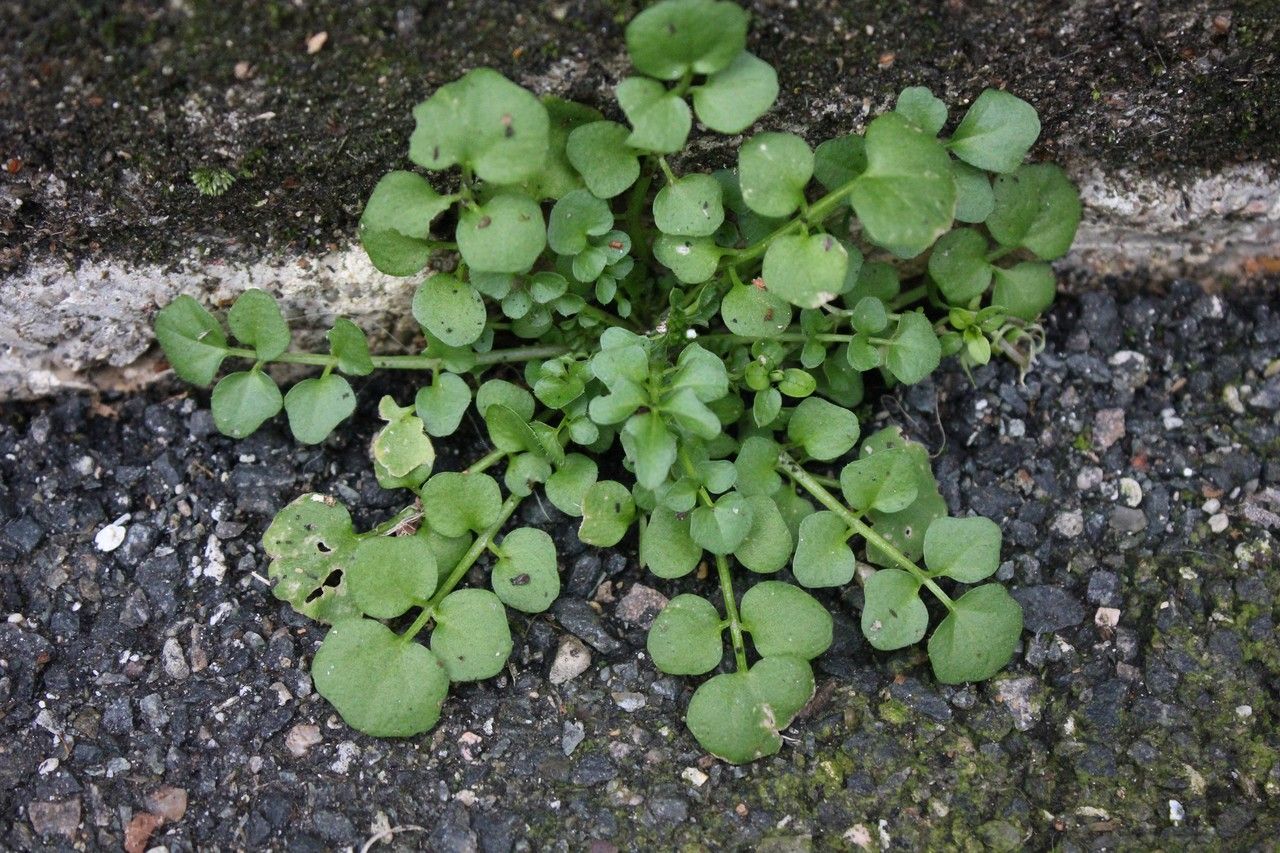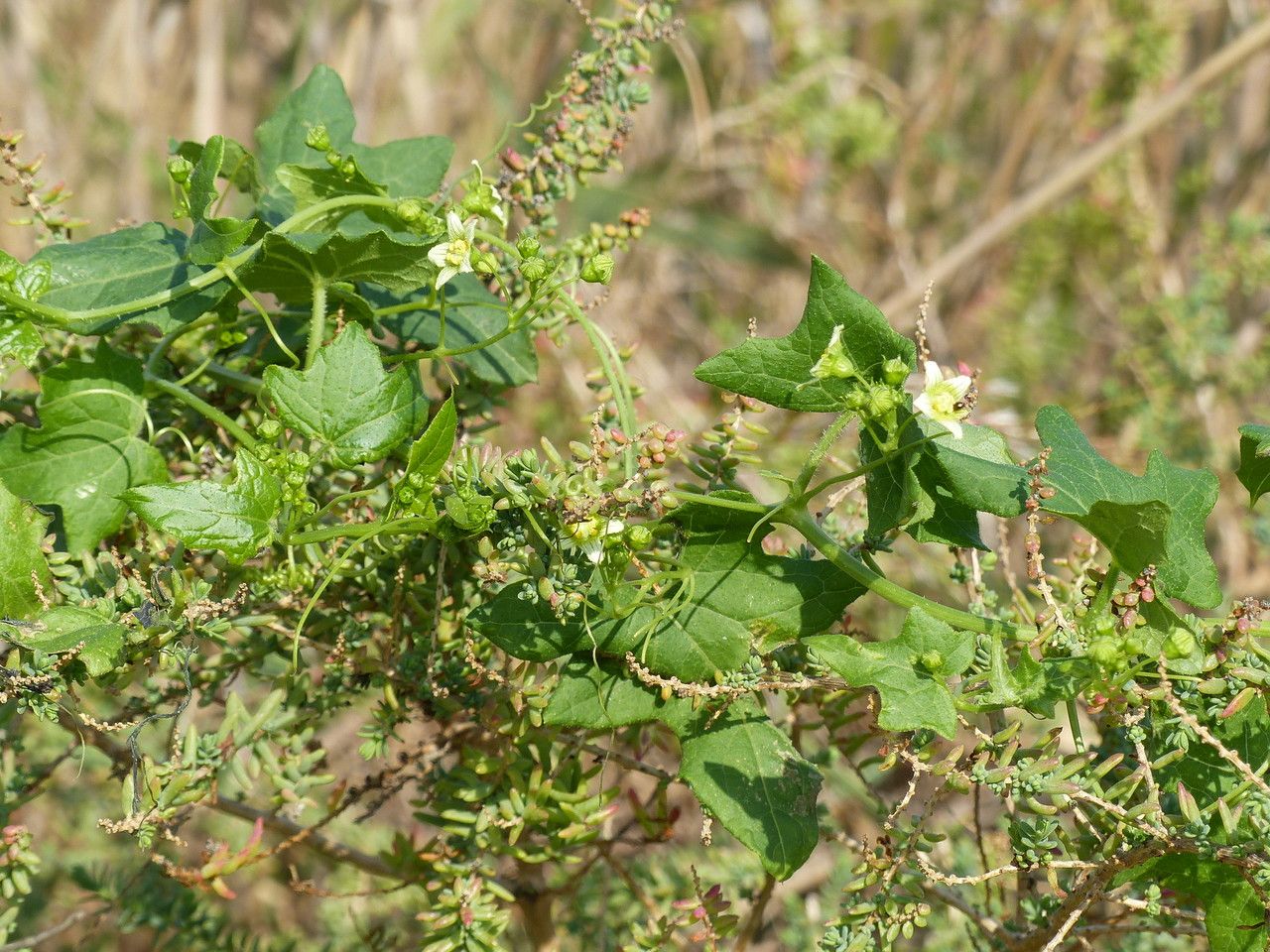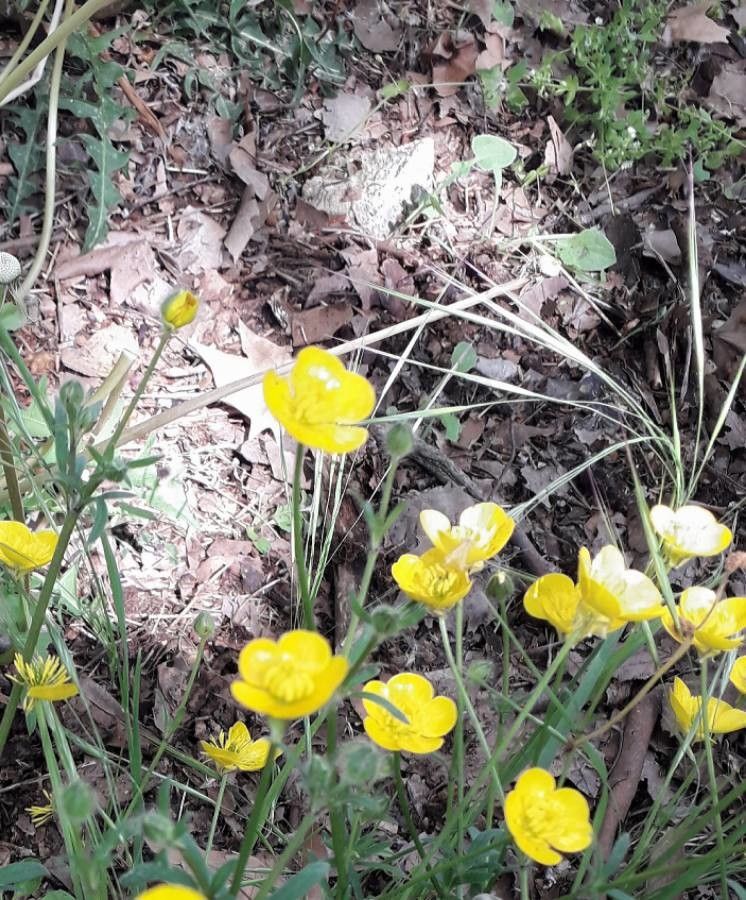## Marsh Thistle: A Comprehensive Guide
The Marsh Thistle, *Cirsium palustre*, is a striking and often overlooked member of the Asteraceae family, better known as the daisy or sunflower family. This wetland-loving plant boasts a unique appearance and plays a vital role in its ecosystem, though it can be considered invasive in certain regions.
### Identification
Identifying a Marsh Thistle is relatively straightforward. Look for its slender, spiny leaves that clasp the stem, creating a distinct winged appearance. The leaves are deeply lobed and lanceolate, with prominent spines along their margins. The flower heads are pale purple or pink, smaller than many other thistles, and clustered at the top of the tall, branching stems. Unlike some thistles with single, large flower heads, Marsh Thistle displays numerous smaller heads, creating a more delicate appearance.
### Habitat and Growth
As its name suggests, the Marsh Thistle thrives in wet habitats, often found in marshes, ditches, wet meadows, and along the banks of streams and rivers. It prefers full sun to partial shade and tolerates a range of soil types, but it thrives in moist, nutrient-rich soils. This adaptable plant can grow to heights of up to 1.5 meters (5 feet), creating a substantial presence in its environment.
### Soil Needs and Cultivation
While Marsh Thistle is adaptable, providing consistently moist soil is crucial for its successful cultivation. Well-draining soil that retains moisture is ideal. Avoid planting in dry or poorly drained areas. It tolerates slightly acidic to neutral pH levels. Though easily cultivated, it’s crucial to be mindful of its invasive potential in some areas; careful consideration should be given before planting this species outside its native range.
### Ecological Role
Marsh Thistle, despite its invasive potential, plays a significant role in wetland ecosystems. Its flowers provide a valuable nectar source for pollinators, including bees and butterflies. The seeds also provide sustenance for birds. The plant’s extensive root system contributes to soil stabilization and helps prevent erosion in wetland areas.
### Invasive Potential
In some regions, particularly outside its native European range, Marsh Thistle is considered an invasive species. Its prolific seed production and aggressive growth can outcompete native vegetation, impacting biodiversity. If you are considering growing Marsh Thistle, research its status in your region and take appropriate precautions to prevent its spread.
### Control and Management
Controlling invasive Marsh Thistle populations often requires a multi-pronged approach. This may involve hand-pulling or mowing before seed set, as well as using herbicides, though this should be done with caution and considering environmental impacts. Regular monitoring and consistent management are crucial for preventing its spread.
### Conclusion
The Marsh Thistle is a fascinating plant with a complex ecological role. Understanding its identification, habitat preferences, and invasive potential is essential for appreciating its beauty and managing its presence in various environments. Careful consideration and responsible cultivation practices are vital for balancing its ecological benefits with the need to prevent its spread in non-native habitats.
Marsh Thistle: Identification, Care & Habitat

Frequently Asked Questions
How do I identify a marsh thistle?
Look for slender, spiny leaves that clasp the stem, creating a winged appearance. The flower heads are pale purple or pink and clustered, unlike some thistles with single, large heads.
Is marsh thistle invasive?
Marsh thistle is considered invasive in some regions, particularly outside its native European range. Its prolific seed production and aggressive growth can outcompete native vegetation.


